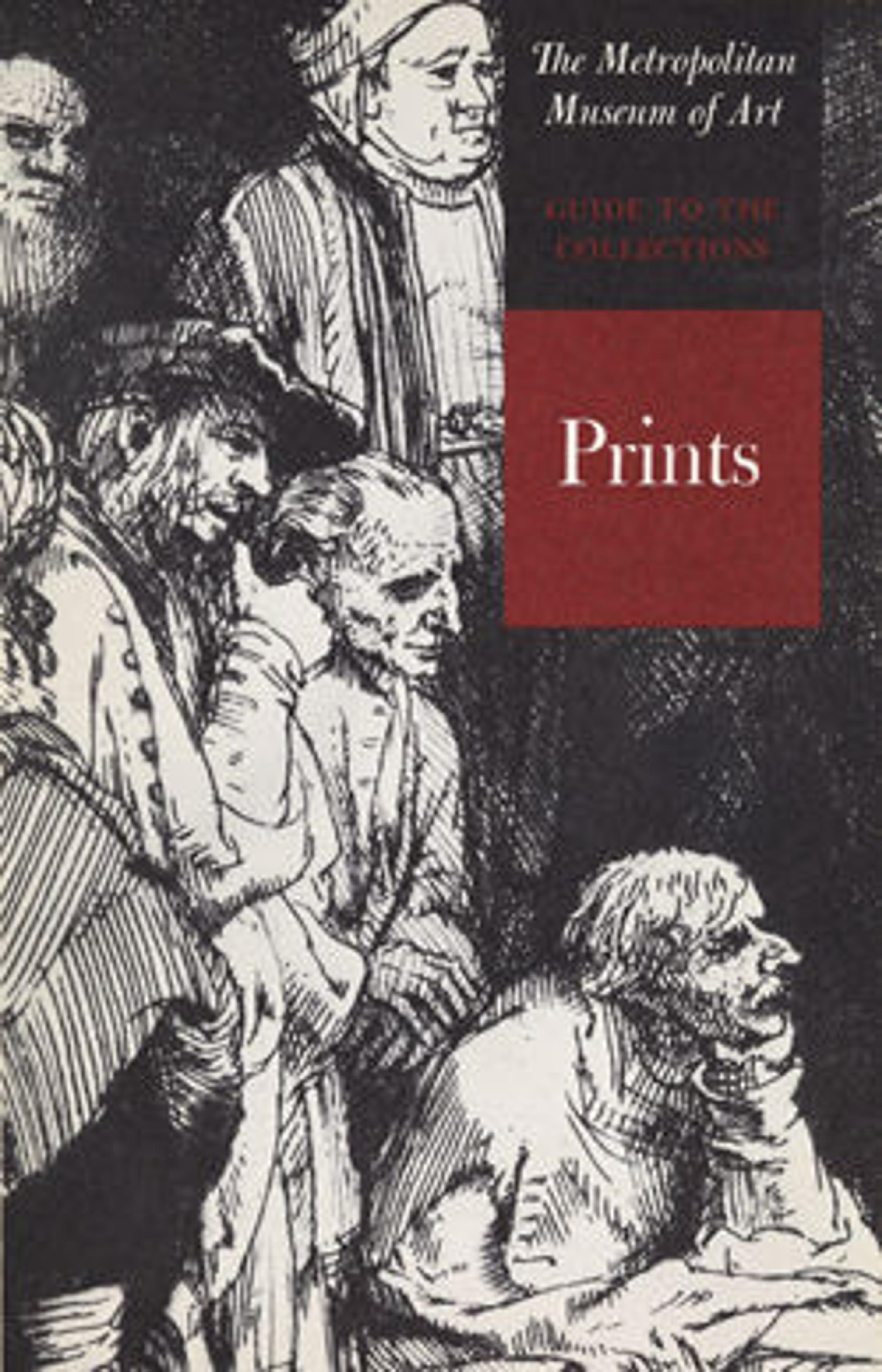Diogenes, seated before his barrel, reading from a book, a plucked hen standing behind him at right
Ugo da Carpi was the first Italian artist to experiment with a multiblock woodcut technique known as chiaroscuro. The method requires a different block for each shade; the blocks are inked and printed one over the other to create the composition. In this remarkable example of the medium, the artist creates form through areas of tone. Ugo seems to have drawn inspiration from the wash drawings of Parmigianino, with whom he may have collaborated. The print shows the Greek philosopher Diogenes immersed in his studies. The chicken at right is a reference to his mocking response to Plato’s definition of man as a featherless biped: Diogenes is said to have presented a plucked chicken, saying, “Here is Plato’s man!”
Artwork Details
- Title: Diogenes, seated before his barrel, reading from a book, a plucked hen standing behind him at right
- Artist: Ugo da Carpi (Italian, Carpi ca. 1480–1532 Bologna)
- Artist: After Parmigianino (Girolamo Francesco Maria Mazzola) (Italian, Parma 1503–1540 Casalmaggiore)
- Date: ca. 1527–30
- Medium: Chiaroscuro woodcut printed from four blocks in gray-green ink
- Dimensions: Image: 18 11/16 x 13 5/8 in. (47.5 x 34.6 cm)
Mount: 28 x 22 in. (71.1 x 55.9 cm) - Classification: Prints
- Credit Line: Purchase, Joseph Pulitzer Bequest, 1917
- Object Number: 17.50.1
- Curatorial Department: Drawings and Prints
More Artwork
Research Resources
The Met provides unparalleled resources for research and welcomes an international community of students and scholars. The Met's Open Access API is where creators and researchers can connect to the The Met collection. Open Access data and public domain images are available for unrestricted commercial and noncommercial use without permission or fee.
To request images under copyright and other restrictions, please use this Image Request form.
Feedback
We continue to research and examine historical and cultural context for objects in The Met collection. If you have comments or questions about this object record, please contact us using the form below. The Museum looks forward to receiving your comments.
